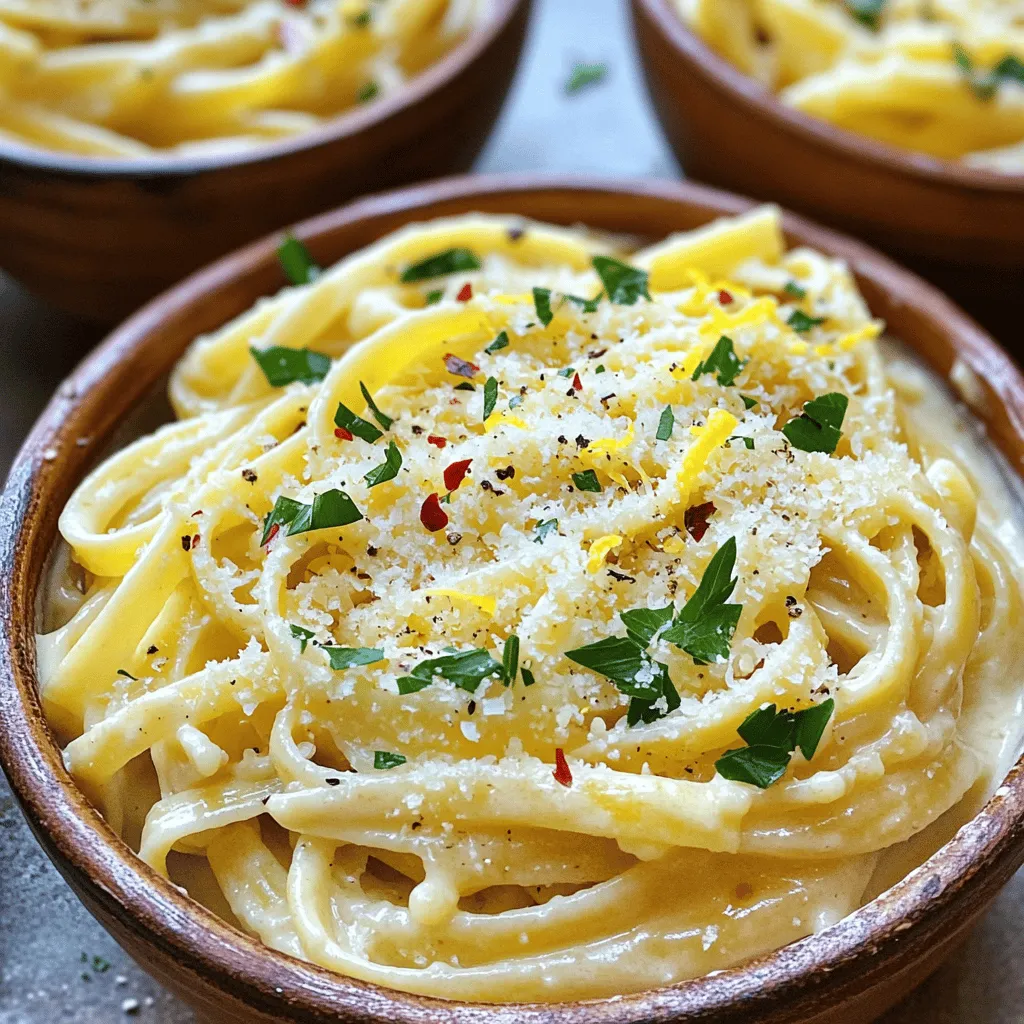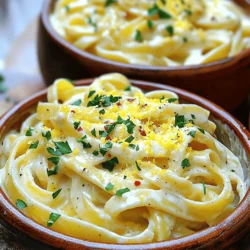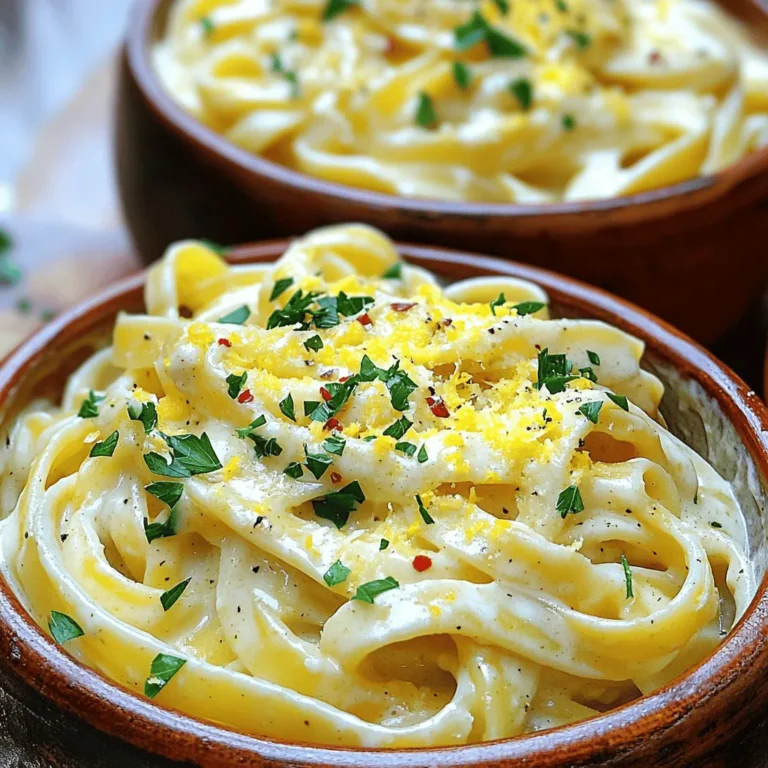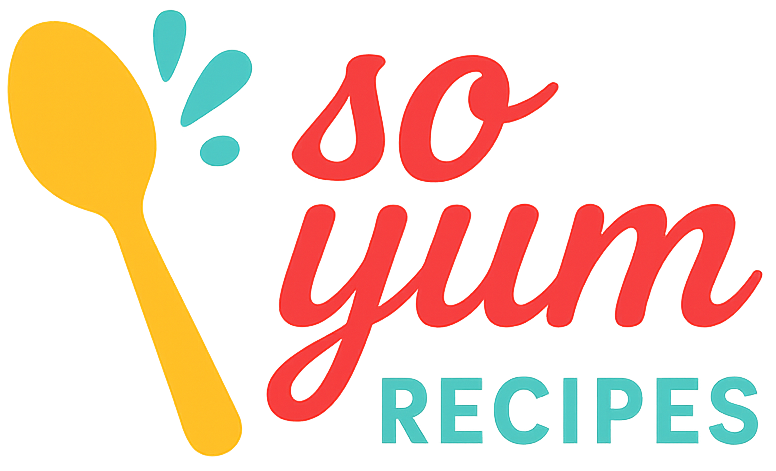Ready for a simple yet mouthwatering meal? My Garlic Parmesan Pasta recipe is your answer. With just a few key ingredients, you can whip up a dish that’s creamy, cheesy, and perfect for any dinner. In this post, I will guide you through every step, share tips to enhance flavors, and offer fun variations. Get your pots and pans ready—this dinner will become a favorite in no time!
Ingredients
Main Ingredients List
To make this Garlic Parmesan Pasta, gather these key ingredients:
– 8 oz spaghetti or fettuccine
– 4 tablespoons unsalted butter
– 4 cloves garlic, minced
– 1 teaspoon red pepper flakes (optional)
– 1 cup heavy cream
– 1 cup grated Parmesan cheese
– Salt and pepper to taste
– 2 tablespoons fresh parsley, chopped
– Zest of 1 lemon
These ingredients blend together to create a creamy, rich dish that brings comfort and joy.
Optional Add-ins
You can customize this dish with a few fun add-ins:
– Cooked chicken or shrimp for protein
– Spinach or broccoli for added greens
– Sun-dried tomatoes for a tangy twist
– Lemon juice for extra brightness
Feel free to mix and match. The goal is to make this pasta your own!
Suggested Serving Pairings
Garlic Parmesan Pasta pairs well with a variety of sides:
– A crisp green salad with vinaigrette
– Garlic bread or a warm baguette
– Roasted vegetables for a hearty touch
– A glass of white wine for a classic finish
These pairings will elevate your meal and make it even more enjoyable.
Step-by-Step Instructions
Cooking the Pasta
Start by boiling water in a large pot. Add a pinch of salt for flavor. Once the water is bubbling, add 8 oz of spaghetti or fettuccine. Cook it according to the package instructions until it is al dente. This usually takes about 8 to 10 minutes. When it is done, reserve ½ cup of the pasta water. Drain the pasta and set it aside.
Making the Garlic Parmesan Sauce
In a large skillet, melt 4 tablespoons of unsalted butter over medium heat. Once melted, add 4 cloves of minced garlic. Stir it for 1 to 2 minutes until it smells great. Be careful not to brown the garlic; we want it soft and fragrant. If you enjoy spice, add 1 teaspoon of red pepper flakes now. Stir for another 30 seconds. Then, lower the heat to medium-low and pour in 1 cup of heavy cream. Stir to mix it well and warm it for 2 to 3 minutes. Gradually add 1 cup of grated Parmesan cheese while stirring. Keep stirring until the cheese melts and the sauce is creamy. If the sauce is thick, add some reserved pasta water a little at a time until it reaches your desired thickness. Season the sauce with salt, pepper, and the zest of 1 lemon for a bright taste.
Combining Pasta and Sauce
Now, it is time to mix the pasta and sauce. Add the drained pasta to the skillet with the sauce. Toss the pasta gently to coat it evenly in the creamy sauce. Let it cook for an additional minute to warm through. Remove from heat. Sprinkle 2 tablespoons of fresh chopped parsley on top for color and flavor. Serve the dish in warm bowls. For a nice touch, you can garnish with extra grated Parmesan and a drizzle of olive oil for shine. Enjoy your meal!
Tips & Tricks
How to Perfect the Sauce Consistency
To get the sauce just right, start with a good base. Use fresh garlic. Avoid browning it; this keeps the flavor bright. When you add heavy cream, stir well. If the sauce is too thick, add reserved pasta water. Do this slowly until you reach the desired creaminess. The sauce should coat the pasta nicely without being runny.
Best Practices for Cooking Pasta
Always cook your pasta in a large pot of salted water. This helps enhance flavor. Follow the package instructions for timing. You want it al dente, which means it should have a slight bite. Before draining, save some pasta water. This water helps adjust your sauce later. Drain the pasta but do not rinse it. Rinsing can wash away flavor and starch needed to help the sauce stick.
Enhancing Flavors
Add a pinch of red pepper flakes for heat, if you like. Fresh lemon zest brightens the dish and adds a fresh taste. Fresh parsley gives color and a nice finish. For extra flavor, consider adding cooked chicken or shrimp. They pair well with garlic and cheese. If you want a twist, try adding sun-dried tomatoes or sautéed spinach. These add texture and taste.

Variations
Adding Protein Options
You can make Garlic Parmesan Pasta even better by adding protein. Chicken is a great choice. Cook it in the same skillet after the garlic. Shrimp also works well. Just add it when you make the sauce. For a meatless option, try chickpeas. They add texture and protein.
Vegetarian and Vegan Modifications
To make this dish vegetarian, skip the chicken or shrimp. Use vegetable broth instead of heavy cream. For a vegan twist, swap heavy cream for coconut milk. Nutritional yeast can replace Parmesan cheese. It gives a cheesy flavor without dairy. Add more veggies like spinach or mushrooms for extra nutrition.
Flavor Profile Adjustments
You can play with flavors to change the taste. Add lemon juice for a zesty kick. Fresh herbs like basil or thyme add depth. For a smoky flavor, try smoked paprika. If you enjoy heat, increase red pepper flakes. This dish is versatile. You can make it fit your mood or taste!
Storage Info
Best Practices for Storage
To keep your Garlic Parmesan Pasta fresh, store it in an airtight container. Make sure it cools to room temperature before sealing. This helps prevent moisture build-up. Place the container in the fridge if you plan to eat it within three days. For longer storage, consider freezing it.
Reheating Leftovers
When you want to enjoy your leftovers, reheating is simple. Place the pasta in a skillet over low heat. Add a splash of water or cream to help it warm evenly. Stir often to prevent sticking. You can also use the microwave. Heat it for 30 seconds at a time, stirring in between.
Freezing Instructions
If you need to freeze your Garlic Parmesan Pasta, do so right after cooking. Divide it into portions and place them in freezer-safe bags. Squeeze out as much air as you can before sealing. It will stay good for up to three months. When you’re ready to eat, thaw in the fridge overnight and reheat as mentioned. Enjoy the flavors fresh as if you just cooked it!
FAQs
How do I make Garlic Parmesan Pasta without heavy cream?
You can replace heavy cream with milk or a mix of milk and flour. Use about 1 cup of milk. Add 2 tablespoons of flour to help thicken the sauce. Cook this mix on low heat until it thickens. Then, follow the rest of the recipe as usual. You can also use a plant-based milk for a lighter option.
Can I use a different type of cheese?
Yes, you can use other cheeses! Some great options are Pecorino Romano or Asiago. They both add a nice flavor. If you want a creamier sauce, try cream cheese or mascarpone. Just remember to adjust the amount to keep your sauce smooth and tasty.
What can I serve with Garlic Parmesan Pasta?
Garlic Parmesan Pasta pairs well with many sides. You might enjoy a fresh salad with a light dressing. Grilled chicken or shrimp complements the pasta nicely. You can also serve it with crusty bread to soak up the sauce. For a veggie option, roasted broccoli or asparagus works great.
Is Garlic Parmesan Pasta a healthy dish?
Garlic Parmesan Pasta has both good and not-so-good aspects. It contains carbs and protein but can be high in fat and calories due to butter and cheese. To make it healthier, use less butter and cheese, or add more veggies. You can also use whole grain pasta for added fiber. It’s all about balance!
This blog post covered key steps for making Garlic Parmesan Pasta, from the ingredients to serving suggestions. We explored tips for a perfect sauce and ways to customize your dish. Remember, you can adjust the flavors to suit your taste. Whether you add protein or go vegetarian, this pasta stays delicious. Store leftovers correctly to enjoy later. Making this dish is simple and rewarding. Dive in and create your own Garlic Parmesan masterpiece today!


